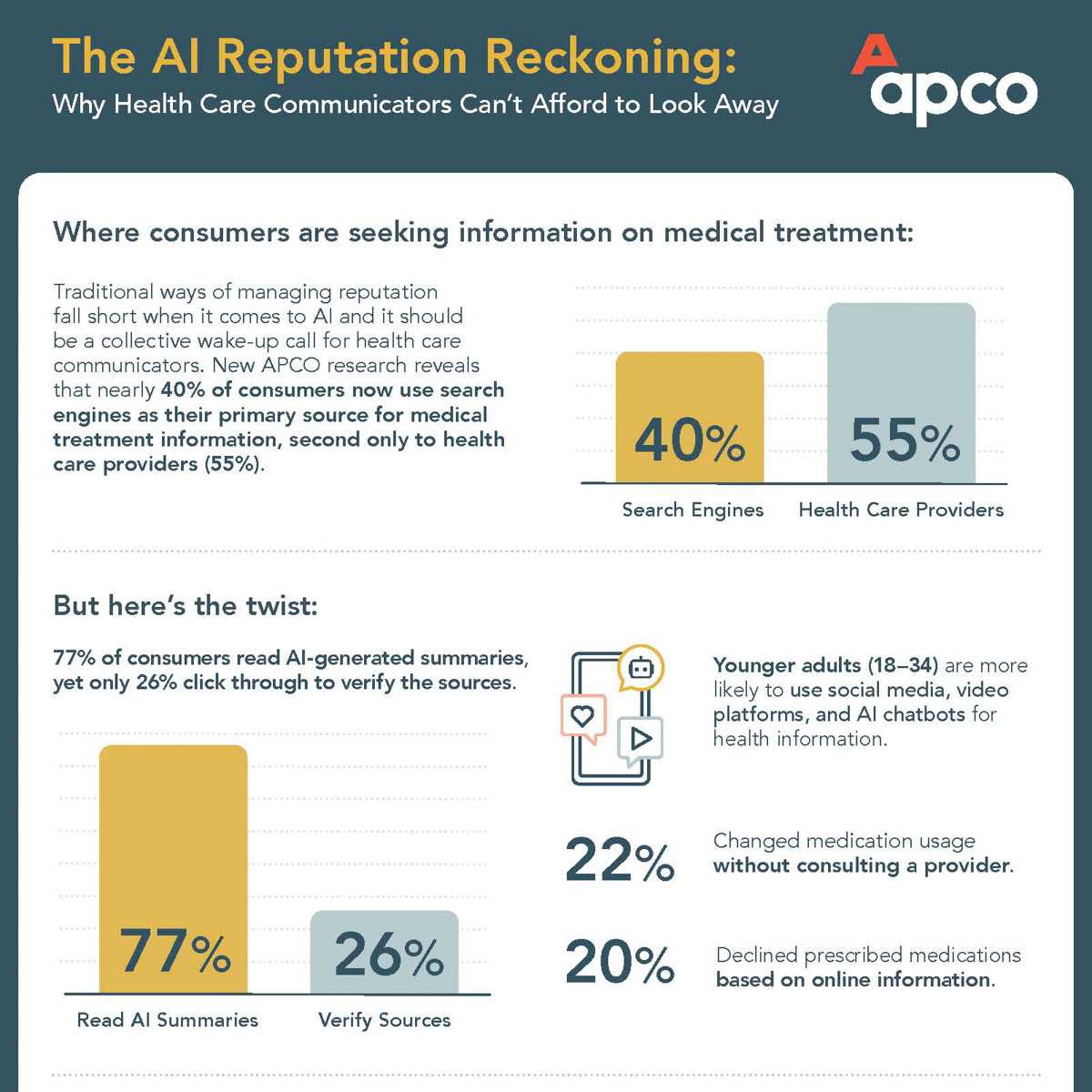

Any proficient communications professional can provide an organization’s leaders with sound advice on how to prepare for crises and issues related to previously identified risks. However, expert professionals identify and manage emerging risks before they escalate into public domain and cause a reputational crisis.
In recent years, the U.S. military acronym VUCA, which stands for volatile, uncertain, complex and ambiguous, has become commonly used to describe the current political environment in the United States. These elements need to be unpacked, as there is more to them than meets the eye.
- Most of us understand volatility. We know that it can be both good and bad, depending upon whether you are, for example, a farmer or a financial instrument trader.
- Uncertainty is also reasonably well understood. Think of throwing a set of dice—there is a limited set of outcomes; we don’t know which outcome to expect each time we throw the dice.
- Complexity is commonly confused with complication. These are two very different concepts, often best explained using Dave Snowden’s Cynefin framework. “Complicated” is rules-based and complicated problems can be solved, even if with some difficulty. “Complicated” is the space of subject matter experts, guidelines, processes and much of the theory still taught in our universities and colleges. Complexity is systemic, emergent and does not yield predictable outcomes. Complex problems need to be actively managed; they cannot be permanently solved.
- Ambiguity is the scary element. In the example of dice-throwing, the issue of ambiguity would question whether we have any dice at all.
How does this relate to crisis management? People expect their leaders to deliver stability and predictability. However, the VUCA environment makes that a very challenging proposition. The implications for leadership are apparent.
Just about any organization that manages or impacts the affairs and well-being of people relies on a single vital ingredient: trust. Globally, trust in governments, corporations and long-established institutions is collapsing. There are many reasons for this, the most important being people’s growing lack of confidence in their leadership’s ability to deliver predictability and stability. One of the key drivers of this perception is the widespread use of social media to share mis- and disinformation to a globally connected audience that is not equipped to decipher the difference between fact and fiction. The global lockdown during COVID-19 appears to have significantly accelerated this phenomenon, as people became physically isolated from their social support groups and spent much more time online trying to make sense of the momentous events. Unfortunately, COVID-19 laid bare the woeful state of leadership of organizations and countries across the globe. To make sense of what was going on, many people developed non-fact-based explanations and built affiliations with people and groups online that they would never have met in the normal course of their lives. Dan Ariely, in his book “Misbelief,” explains this process as a distorted lens through which people view the world and then describe the way they understand their world to others. It becomes of funnel that draws people deeper and deeper to the extent that remedial intervention becomes impossible.
Employers have been dragged into this conversation space by having to change the way they interact with their employees. Many topics which previously would never have been part of the employer-employee discourse have become part of everyday conversations. Organizations were forced to take positions on health, social and political issues that had historically been out of bounds. By engaging in these discussions, organizations have inadvertently opened Pandora’s Box of reputational risks. As visible participants, they have now become legitimate targets for any online activists who can build a narrative that links the organization in question to the issues that they feel strongly about. As Ariely explains, the human mind has a tremendous capacity for reasoning, but that doesn’t mean it is always rational. This is the space from which the emerging risks appear.
What Can Leaders Do to Prepare?
While this is a new space for reputation risk management, there is an existing body of knowledge in the field of strategic foresight that can be usefully adapted. The first step is to understand what is driving the behavioral changes in your organization’s target audiences at the organizational, industry and broader societal levels. Most changes in behavior are, at their core, driven by changes in personal or societal values. The combination of these trends allows us to build patterns of behavior that may impact your organization when mapped against a specific set of future scenarios.
Developing a set of future scenarios is a critical element of this process because the signposts that indicate the increased likelihood for a specific emerging scenario act as warning flags. An artificial intelligence (AI)-assisted monitoring system is required to process the vast amount of data we gather to determine the origin of the behavior shifts.
Once the organization is aware of what values drive the behavior shifts, it can mitigate the reputational risk by exploring the degree of alignment between the organization’s core values and those causing the shift. This would include developing an appropriate narrative and messaging strategy to pre-empt the issue once it breaks out into the public domain.


